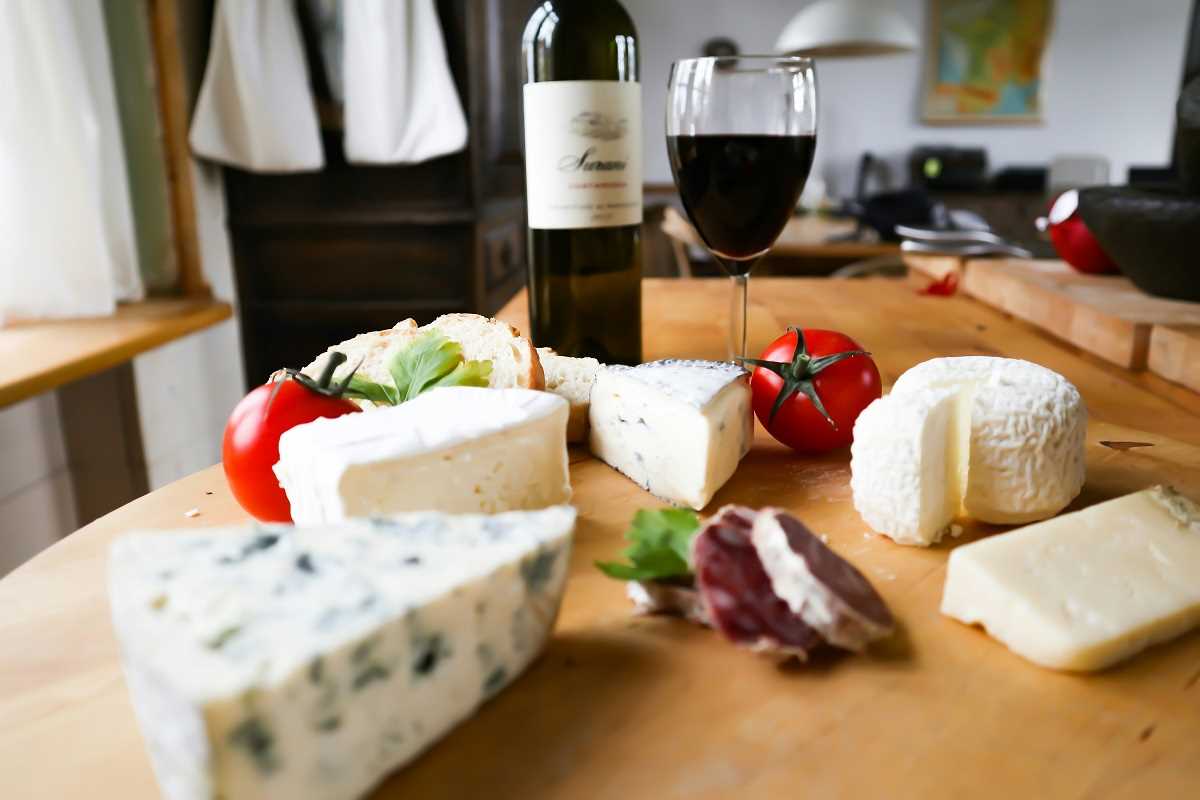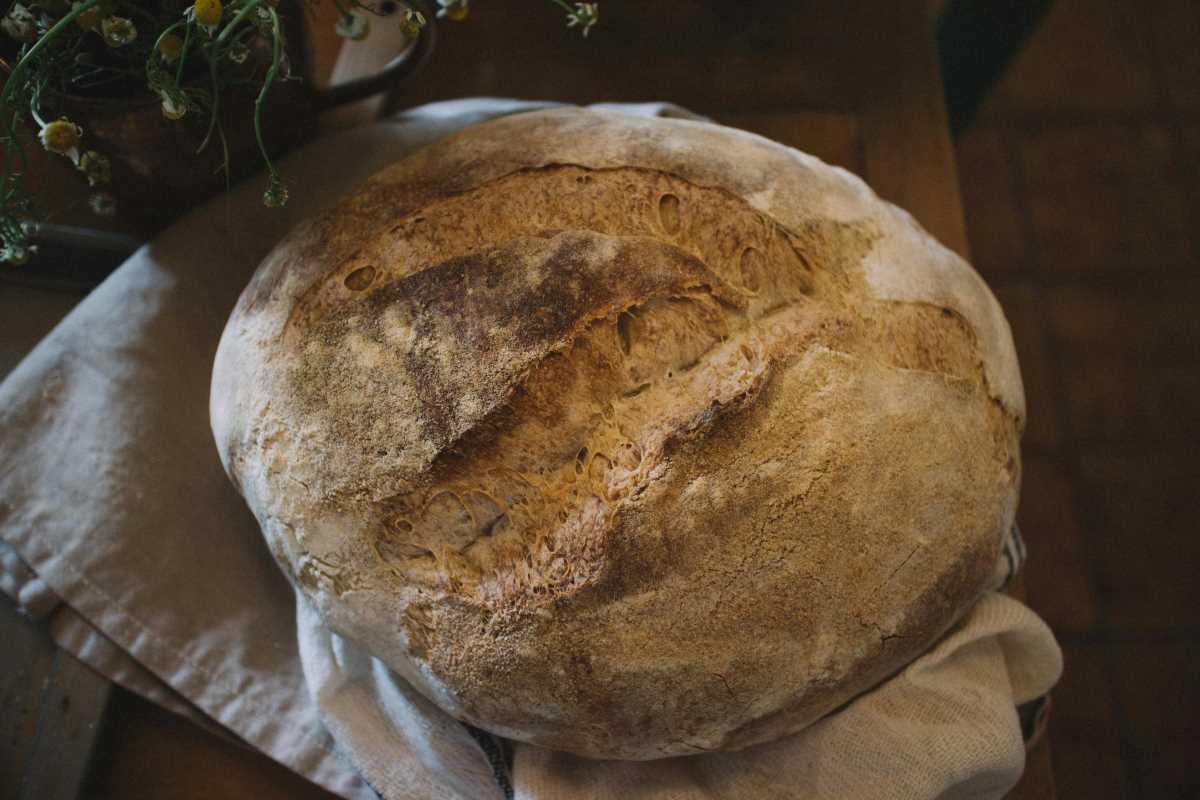Regional cheeses offer an extraordinary taste experience steeped in history and tradition. Every morsel reflects the dedication of artisans who use local ingredients and age-old methods passed down through generations. These cheeses stand as more than just food; they embody the culture and identity of the places where they originate. Exploring regional cheeses reveals how geography and climate influence flavor while highlighting the creativity and skill of cheesemakers. Each variety delivers a unique story, connecting those who enjoy them to the landscapes and communities that have perfected their craft over time.
The evolution of cheese production mirrors the history of its land. Stories passed down through time helped refine local techniques, while nature blessed unique ingredients that continue to influence cooking traditions around the world.
The Power of Place: How Geography Shapes Cheese
Environmental factors such as climate, soil composition, and access to quality forage largely determine the flavor and texture of cheese. The natural surroundings and seasonal changes produce the distinctive aromas and ripening patterns that make each cheese unique.
Cultural influences also play a significant role in shaping cheese. Traditional recipes, local customs, and even neighboring culinary practices contribute to the methods of production, aging, and serving. The synergy between nature and community creates tastes that have stood the test of time.
- Local climate impacts milk quality and cheese texture.
- Traditional farming practices preserve unique regional flavors.
- Historical recipes and family secrets pass down generation after generation.
- Artisanal techniques blend with modern innovation to produce exceptional cheeses.
10 Regional Cheese Varieties That Changed Local Cuisines
- Roquefort originates from the caves of southern France. This blue cheese’s tangy flavor and crumbly texture capture the essence of its rugged surroundings, inspiring local dishes and gourmet creations alike. The natural mold used in aging gives Roquefort its signature taste, making it a beloved ingredient in sauces and salads.
- Parmigiano Reggiano from Italy has long been celebrated as the "king of cheeses." Its granular texture and sharp, nutty flavor elevate pasta dishes, soups, and even risottos, proving that simplicity in ingredients can yield majestic results. Its production follows strict traditions that have remained unchanged for centuries, anchoring Italian culinary heritage.
- Cheddar originated in the villages of England and has become a household name worldwide. Its robust flavor and varying textures reflect the careful aging process that intensifies its character with time. Chefs and home cooks alike enjoy Cheddar in everything from sandwiches to hearty casseroles.
- Manchego is a jewel from Spain, crafted in the rolling hills of La Mancha. Its firm, buttery consistency and subtle tang offer a taste that has influenced many tapas plates and rustic stews. This cheese embodies the balance between artisanal skill and the richness of Spanish terroir.
- Gouda from the Netherlands delights with its smooth, caramel-like finish and creamy texture. It serves as the base for both young, mild versions and deeply aged, rich expressions. The evolution of Gouda flavor over time gives it a versatile presence in many traditional recipes.
- Feta finds its roots in the sun-soaked landscapes of Greece. Its briny, crumbly nature enhances salads, pastries, and grilled dishes while preserving a taste of ancient culinary traditions. The production of Feta relies on simple ingredients and meticulous craftsmanship passed down through generations.
- Gruyère is a Swiss treasure known for its sweet but slightly salty flavor. Its meltability makes it a favorite in fondues and quiches, while its history reveals centuries of Swiss dairy excellence. This hard cheese carries the imprint of Swiss highlands, where cool mountain air and alpine pastures enhance its unique profile.
- Provolone offers a taste of Southern Italy with its smooth texture and mild yet distinct flavor. Often used in sandwiches and melted over pizzas, it has become a staple in Italian-American dishes. The artistry behind Provolone production is evident in its balance of tang and creaminess that complements a variety of ingredients.
- Brie from France seduces with its soft, creamy interior enveloped by a delicate rind. This cheese transforms simple bread into a gourmet treat and often takes center stage at social gatherings. Its luxurious texture and subtle earthy notes make Brie a symbol of indulgence and refinement.
- Halloumi, originating in Cyprus, challenges the norm by retaining its shape even when grilled or fried. Its firm yet springy consistency and salty flavor lend themselves perfectly to innovative culinary experiments. This cheese bridges traditional Mediterranean tastes with modern cooking techniques, making it a favorite among adventurous cooks.
From Table to Tradition: Iconic Dishes Inspired by Cheese
Many dishes have developed from the influence of these prized cheeses. In Italy, a ladle of grated Parmigiano Reggiano can transform an everyday pasta dish into a culinary masterpiece. In Switzerland, a bubbling pot of Gruyère fondue warms hearts during cold evenings, inviting friends and family to share stories over melted cheese and crusty bread.
In Spain and Greece, cheeses like Manchego and Feta spark creativity in tapas and salads, combining local produce with the rich, savory profiles of the cheeses. These recipes tell stories of community gatherings, festive celebrations, and simple meals that turn into timeless traditions.
Pairings and Serving Traditions
Culinary enthusiasts often explore both traditional and innovative pairings to highlight each cheese’s character. The choice of wine, fruits, and even artisan breads can create layers of flavor that honor the cheese’s origin.
Serving traditions vary widely. Some regions prefer to enjoy cheese as a standalone delicacy, while others incorporate them into elaborate plates that meld several textures and tastes.
- Pair Roquefort with a crisp white wine and sliced pears for a refreshing contrast.
- Combine Parmigiano Reggiano with aged balsamic vinegar and rustic focaccia for a memorable snack.
- Enjoy Cheddar with apple slices and a craft beer for an experience that bridges sweet and savory.
- Complement Gouda fondue with crusty bread and a side of tangy pickles to elevate each bite.
Exploring More Cheese Varieties
Cheese offers a rich journey through flavor, culture, and tradition. Each variety tells a story shaped by its origin, production methods, and local customs. Exploring textures and aromas deepens your appreciation and adds excitement to everyday meals.
Visit dairies, meet makers, and try regional cheeses to connect history with modern cooking. These flavorful gems reflect cultural diversity and inspire creativity in kitchens worldwide.
 (Image via
(Image via





